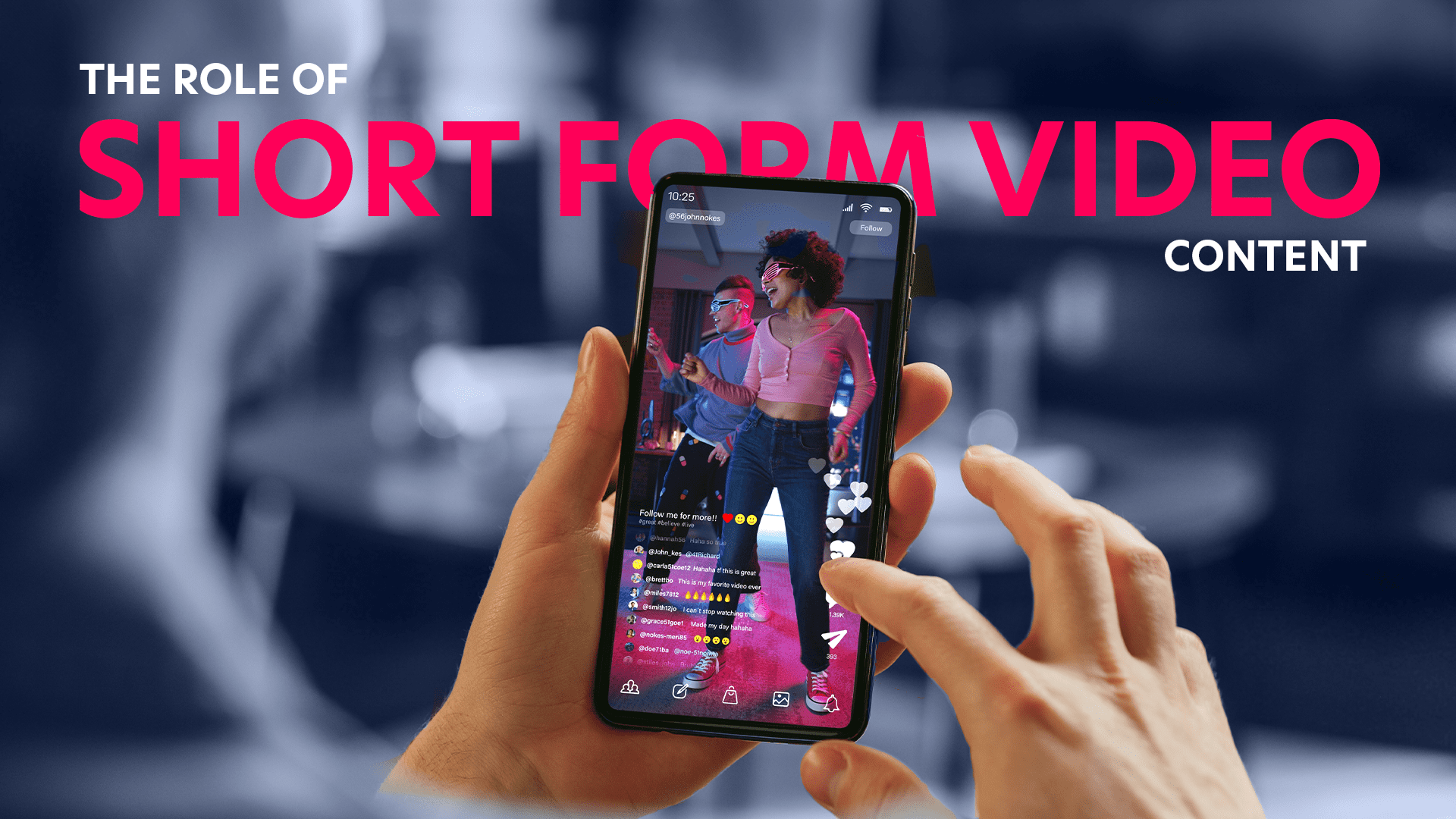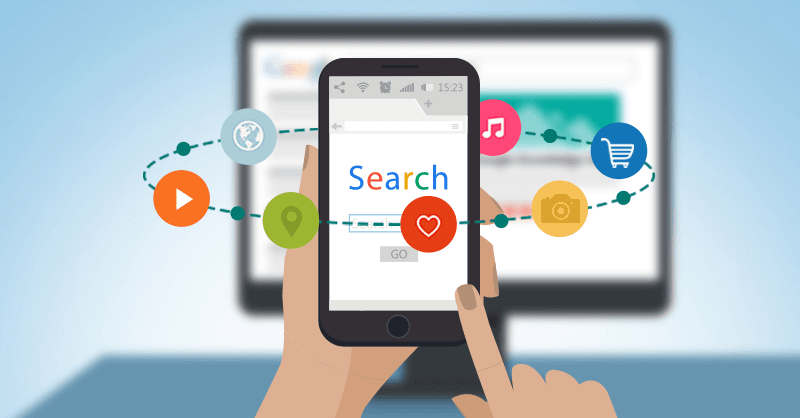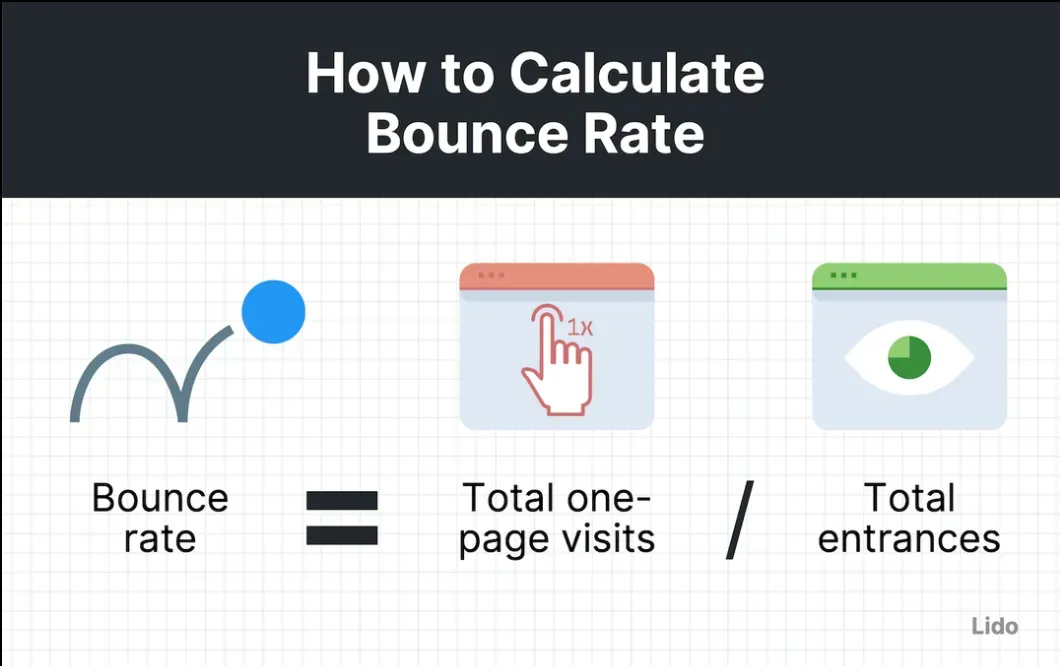- 7 Digital Marketing Mistakes Small Businesses Should Avoid (2025 Edition)
- Video-First Platforms in 2025: 10 Proven Strategies to Win with Short-Form Video
- Why User-Generated Content is the Future of Digital Ads
- The Hidden Power of Micro-Influencers in Niche Markets
- Why Mobile-First Websites Are Crucial for SEO in 2025










